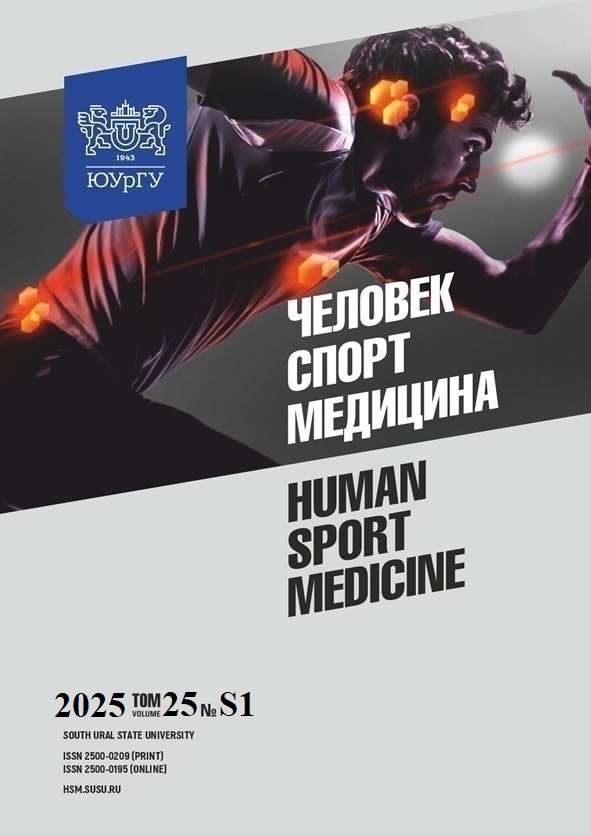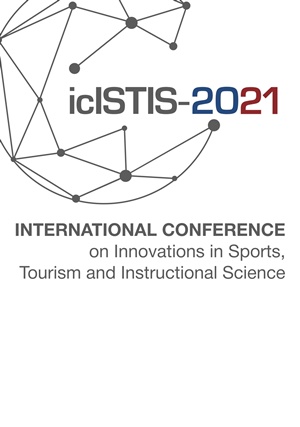NEUROFUNCTIONAL CHARACTERISTICS OF ADOLESCENT TEAM-SPORT ATHLETES
Abstract
Aim. This paper aims to evaluate the neurophysiological status of young athletes based on the neurodynamic component of functional systems. Materials and methods. Two groups of adolescent athletes (n = 45) were examined: water polo players and ice hockey players. At the beginning of the preparatory period, key neurofunctional parameters were assessed using the “Psychotest” diagnostic complex, including strength of nervous processes (tapping test), mobility (critical flicker fusion frequency), balance (reaction to a moving object test), excitability (simple visual-motor reaction test). Additionally, complex functional characteristics were evaluated, including the functional level of the system, functional system stability, and functionality level. Results. Comparative analysis revealed no significant differences in the mean values of neurofunctional indicators between water polo players and ice hockey players, both overall and within positional subgroups. The distribution of functional state parameters was similar across groups. Conclusion. Athletes in both sports demonstrated high levels of the studied characteristics, likely attributable to similar game-based activities and speed-power abilities. Deviations observed between water polo defenders and other water polo positions require further investigation into potential causes, suggesting possible adjustments in training regimens to optimize these parameters.
References
References on translit
Copyright (c) 2025 Human. Sport. Medicine

This work is licensed under a Creative Commons Attribution-NonCommercial-NoDerivatives 4.0 International License.















